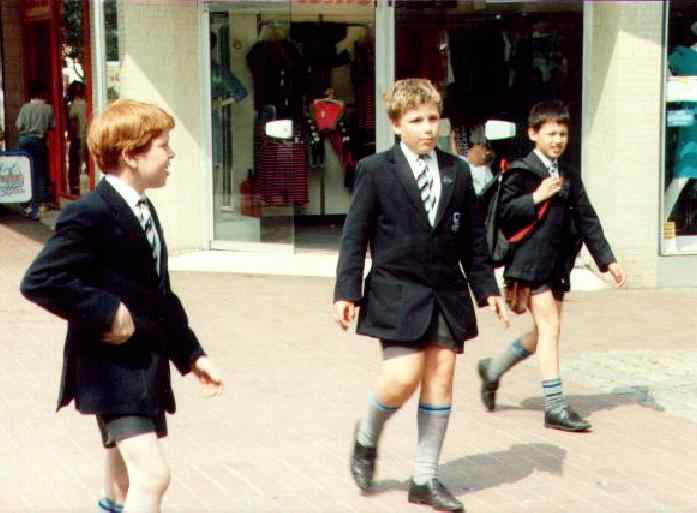
Figure 1.--Colorful caps and blazers were once very common on English streets. Increasingly black blazers have become more and more common and caps are rarely seen. |

|
School blazers added great variety to the sometimes dowdy school uniform. State secondary schools like the private schools had highly varied and colorful
blazers through the 1950s. Most have, however, for reasons of economy shifted to a plain blaack blazer with the school crest. Private schools, both primary and secondary, continue to have uniforms with coloful blazers--although less varied than in the 1950s and 60s.
Most British schools had blazers rather than suits. Several schools, however, choose the option of a suit. In almost all cases the suit was a stadard grey one. The younger boys would have short pants, the older boys long pants with an identical jacket. A few schools instead of the standad grey suit had various patterned suits.
The blazers worn by English boys over time have been various colors. The colors in part have been affected by the type of school. State secondary schools generally have plain black blazers, often with rhe school crest. Preparatory schools have worn a much greater range of colors. I believe the wearing of brightly colored blazers as a school uniform looks to have begun in the 1920s. The practice began to decline in the 1940s, but many private schools still required bright-colored blazers. Virtually every color was worn, although some colors like blue were more common than others.
Most blazers were solid colors, but there were two primary alternatives, stipes and piping. There were many variations in the striping. There was also braided and ribbon piping. The costs of these alternatives have caused schools in recent
years to drop them and adopt simpler, less expensive blazers. Some schools decided on striped blazers. These were particularly popular in the 1950s. The appearance added a little dash to the basic school blazer, but they tended to be more expansive than plain solid blazers. The striped blazer declined in popularity during the 1970s as many schools attempted to simplify the uniform and reduce costs. Many private schools closed in the 1970s, especially smaller schools. Many schools that continued operating turned to options like coeducation and keeping costs at a minimum to attract as wide a economic specturm of society as possible. Many schools had color piping around the edges of the blazer and on the lapels. The piping was of contrasting colors. Blue blazers, for example, had yellow and white piping. Brown lazers might have red or a white striped piping. Some times piping would be used to reflect status at the school.
Some schools had tweed jackets instead of blazers. Unlike the blazers, the tweed jackets were worn without the school logo. This option was particularly popular in Scotland as the jackets could be worn with kilts for
dress occasions. Many Scottish schools had both blazers for everyday wear with short and long pants and tweed jackets to be worn with kilts for the formal occasions.
Related Blazer Pages in the Boys' Historical Web Site
[Return to the Main English school blazer page]
[Main school uniform blazer page]
[Main blazer page]
[Australian blazers]
[New Zealand blazers]
[Scottish blazers]
Navigate the Relate Boys Historical Clothing Uniform Garment Pages
[Return to the Main school garment page]
[Blazers]
[Bookbag]
[Caps]
[Coats]
[Hose]
[Kilts]
[Pants]
[Shirts]
[Shoes]
[Smocks
[Suits]
[Seaters]
[Ties]
Navigate the HBC School Section:
[About Us]
[Activities]
[Chronology]
[Clothing styles]
[Countries]
[Debate]
[Economics]
[Garment]
[Gender]
[Hair]
[History]
[Home trends]
[Literary characters]
[School types]
[Significance]
[Transport and travel
[Uniform regulations]
[Year level]
[Other topics]
[Images]
[Links]
[Registration]
[Tools]
[Return to the Historic Boys' School Home]
